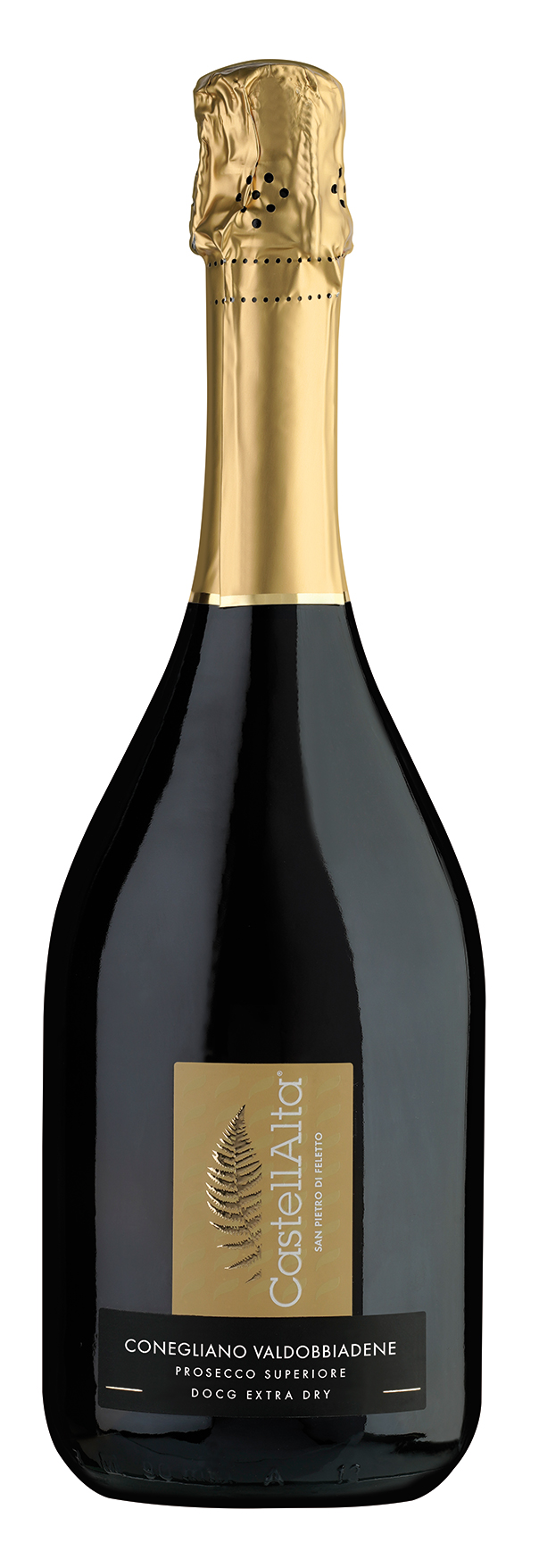

This even applies to fine champagne and especially to the sparkling, playful Prosecco.

Pearly and sparkling wines are generally not made for long storage. Prosecco is most comfortable when it is stored upright in a cool and dark place at a constant temperature. Here are the most important questions and answers. You have decided to buy Prosecco in our store, then we would like to help you with a few tips to an optimal Prosecco enjoyment. Tax DE: 1,02€ per 0,75l / none, if closed without cork with holding device Alternatively, crown caps or screw caps are used. The artificial pressure of only 1 -2.5 bar allows the cork to be held in place with a spago (cord). After opening, the Frizzante quickly loses its perlage and turns into a stale tasting sparkling wine. Prosecco Frizzante is a pearl wine to which the relatively low carbonic acid is added by artificial pressure and cooling. The classic feature of the Spumante is the agraffe, the wire hanger that holds the cork in place against the high pressure of 3 bar or more. The high carbonic acid content is perfect for an elegant perlage, which can be kept in the glass for a long time. Prosecco Spumante is a sparkling wine that produces its own carbon dioxide through fermentation in bottle or tank. By the way, in Italy there is also a Prosecco as a still wine, but it rarely finds its way across the Alps. However, it may only be called Prosecco sparkling wine if the carbonic acid is produced by a second fermentation. The Spumante, on the other hand, has a carbon dioxide pressure of three bar or more and is therefore an Italian sparkling wine. In addition, with the Frizzante it is often possible to close the bottles with a screw cap. Simple representatives can also be made to bubble by controlled cooling and pressure processes. With Frizzante, the carbonic acid creates less pressure than with sparkling wine.

A distinction is made here between pearl wine Prosecco Frizzante and sparkling wine Prosecco Spumante. With high-quality Prosecco, the carbonic acid is produced by tank or bottle fermentation. What is the difference between sparkling wine and Prosecco? However, these must also be typical regional grape varieties such as Bianchetta, the somewhat longer Glera lunga, Perera or Verdiso. To round off the aromas, however, other varieties may be added to a maximum share of 15 percent. This also results in a higher yield with better quality.įor the production of Prosecco, mostly pure Glera grapes are used.
Prosecco manual#
Furthermore, manual harvesting is widespread among Prosecco winegrowers, as the vines are often located on steep slopes where the use of machinery is not possible. In order to emphasize these main aromas, the harvest is usually carried out at the earliest possible time. Therefore, it develops fruity aromas, often reminiscent of apples and pears, as well as berries and citrus fruits. The production process is centred around a single grape variety The following applies: every Prosecco sparkling, semi-sparkling or still wine is a quality wine that bears the DOC (Denominazione di origine controllata), the even higher DOCG (Denominazione di Origine Controllata e Garantita) or the new DOP (Denominazione d'Origine Protetta) label. Since 2010, Prosecco has been a denomination of origin, covering almost 18,000 hectares of vineyards in the Veneto region and in neighboring Friuli-Venezia Giulia. This Prosecco grape was already appreciated at the time of the Roman Empire for its sparkling fruity temperament. Originally, Prosecco is the name of a grape variety that was cultivated exclusively in a narrowly limited area of the north-eastern Italian province of Treviso. Together with a moderate alcohol content, usually between ten and eleven percent by volume, this creates a light Italian sparkling or semi-sparkling wine that blends harmoniously into any occasion. Thus, Prosecco combines an already southern temperament with fruity notes that are more typical for northern gardens. Prosecco comes from one of the most picturesque regions of Italy, where the Alps merge with the softness of Mediterranean landscapes.


 0 kommentar(er)
0 kommentar(er)
